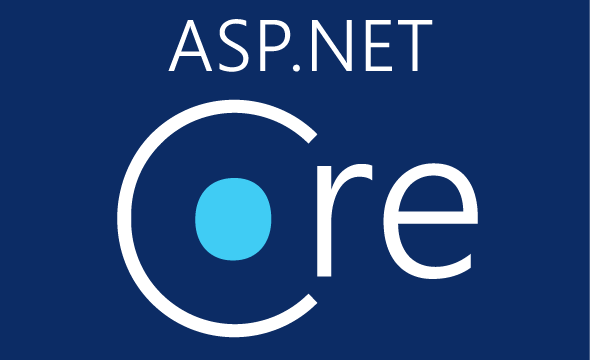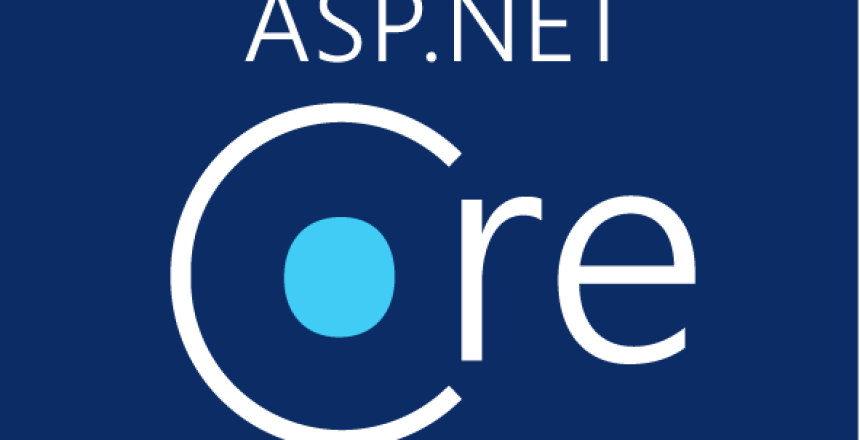Welcome to the world of ASP.NET Core, where web development reaches new heights of flexibility, speed, and efficiency. Whether you’re a seasoned developer or just embarking on your coding journey, ASP.NET Core offers a myriad of features and capabilities to simplify your web development endeavors.
If you’re new to ASP.NET Core and want to dive deeper into its fundamentals, you can check out this comprehensive tutorial on ASP.NET Core at Tutorialspoint.
Let’s embark on a journey through the key features and benefits of ASP.NET Core, exploring how this versatile framework can transform your web development experiences.

A Paradigm Shift in Web Development
In the ever-evolving world of web development, staying ahead of the curve is essential. ASP.NET Core, Microsoft’s forward-looking framework, is rewriting the rules of web application development. With its adaptability, performance boosts, and cross-platform reach, ASP.NET Core is reshaping how developers build contemporary web solutions.
The Evolution of ASP.NET
Before diving into the wonders of ASP.NET Core, let’s take a quick journey through the transformation of ASP.NET. ASP.NET, a widely embraced web application framework, has been the driving force behind countless web applications. It has underpinned the creation of strong, scalable, and secure web solutions. To know more about Web Solutions check out our IT solutions website : Hackfuel
However, with evolving technology and changing development needs, ASP.NET encountered its share of challenges. The demand for a more agile, cross-platform, and high-performance framework became evident. Enter ASP.NET Core.
ASP.NET Core: Forging a New Path
1. Breaking Barriers: Cross-Platform Prowess
In the contemporary web development landscape, diversity is key. ASP.NET Core shatters the limitations of platform-centric development. It empowers developers to craft web applications deployable not just on Windows but also on Linux and macOS. This cross-platform versatility grants developers the freedom to choose their development environment.
Moreover, as container technologies like Docker and Kubernetes gain prominence, ASP.NET Core seamlessly integrates with these tools. Microsoft Azure, a prominent cloud platform, extends robust support for deploying ASP.NET Core applications in containers, offering scalability and agility.
2. Unification: MVC and Web API Convergence
In the past, developers juggled separate frameworks for building web applications that served HTML (MVC) and RESTful services (Web API). ASP.NET Core bridges this gap, providing a unified framework.
MVC and Web API have merged into a harmonious whole, simplifying development. This consolidation eliminates redundancy and streamlines the creation of web solutions that seamlessly integrate HTML and API functionalities. Additionally, ASP.NET Core introduces Razor Pages, offering two-way binding and an alternative to WebForms with a familiar Razor syntax.
3. Self-Hosted Versatility
Sometimes, web applications need to operate in a self-hosted fashion, deployed on desktops rather than traditional servers. ASP.NET Core accommodates such scenarios seamlessly. Developers can choose from various self-hosting options, including Owin, Nancy, and the standard Kestrel web server.
Kestrel’s unique architecture allows web applications to function as console applications, providing flexibility for scenarios like desktop applications and niche deployments.
4. Swagger: The API Companion
For API-centric applications, documentation is paramount. ASP.NET Core embraces Swagger OpenAPI to streamline API documentation and testing. Swagger simplifies the process of creating clear and accessible API documentation, empowering developers and consumers alike.
Whether you’re building RESTful APIs with Web API or other types of APIs, Swagger simplifies the development process by providing comprehensive insights into API endpoints.
5. Fortified Security: Cross-Site Request Forgery (CSRF) Defense
In the realm of web development, security is paramount. ASP.NET Core addresses security concerns, including safeguarding against Cross-Site Request Forgery (CSRF) attacks. It generates anti-forgery tokens, thwarting unauthorized actions initiated by malicious actors.
By incorporating CSRF protection, ASP.NET Core strengthens the security posture of web applications, safeguarding user data and transactions. To learn more about CSRF Defence checkout this article: Crashtest-Security
6. Speed Redefined: High-Performance Engine
In the contemporary web development landscape, speed is paramount. ASP.NET Core redefines speed. With the advent of the Kestrel web server, ASP.NET Core stands out as one of the fastest web application frameworks available. TechEmpower’s benchmarks showcase its remarkable velocity.
Learn more about ASP.NET Core’s performance
The Kestrel web server was meticulously designed for performance. It harnesses the power of asynchronous programming models, efficiently handling concurrent requests. This lightweight, high-speed server empowers ASP.NET Core applications to effortlessly manage substantial traffic.
7. Embracing Global Reach: Localization and Globalization
In an interconnected world, web applications must transcend language barriers. ASP.NET Core simplifies globalization and localization by enabling developers to adapt their applications for diverse languages and cultures. Resource files centralize text, dates, and numbers, facilitating multilingual content presentation.
Globalization and localization are essential for ensuring web applications resonate with global audiences, fostering inclusivity and user satisfaction.
8. Self-Hosted Versatility
Sometimes, web applications need to operate in a self-hosted fashion, deployed on desktops rather than traditional servers. ASP.NET Core accommodates such scenarios seamlessly. Developers can choose from various self-hosting options, including Owin, Nancy, and the standard Kestrel web server.
Kestrel’s unique architecture allows web applications to function as console applications, providing flexibility for scenarios like desktop applications and niche deployments.
9. Adapting to Environments: The Multifaceted Development Mode
One of ASP.NET Core’s standout features is its support for multiple environments. It empowers developers to tailor different aspects of their code based on the application’s runtime context. Whether you’re fine-tuning for a local environment, staging, or production, ASP.NET Core offers a standardized approach to configuration and behavior control.
Environments prove invaluable for managing configuration settings, including the use of different CSS or JavaScript files for development versus production. This versatility ensures a smooth transition from development to production environments.
10. Adaptable Output Caching
Output caching is a performance optimization technique embraced by ASP.NET Core. It enables the framework to cache page output and serve cached content for subsequent requests. ASP.NET Core offers diverse caching options, including in-memory caching and compatibility with external providers like Redis.
Leveraging output caching, web applications can enhance content delivery efficiency and reduce server load, resulting in improved performance.
A Dynamic Future
In conclusion, ASP.NET Core is a game-changer in the realm of web development. Its versatility, performance enhancements, unified frameworks, and extensive feature set make it the framework of choice for crafting modern web solutions.
As you embark on your web development journey, consider ASP.NET Core your steadfast companion, empowering you to build web applications that are not only fast and secure but also adaptable to the dynamic demands of the digital age.
Explore the endless possibilities of ASP.NET Core and harness its capabilities to create web solutions that define the future of the internet.

